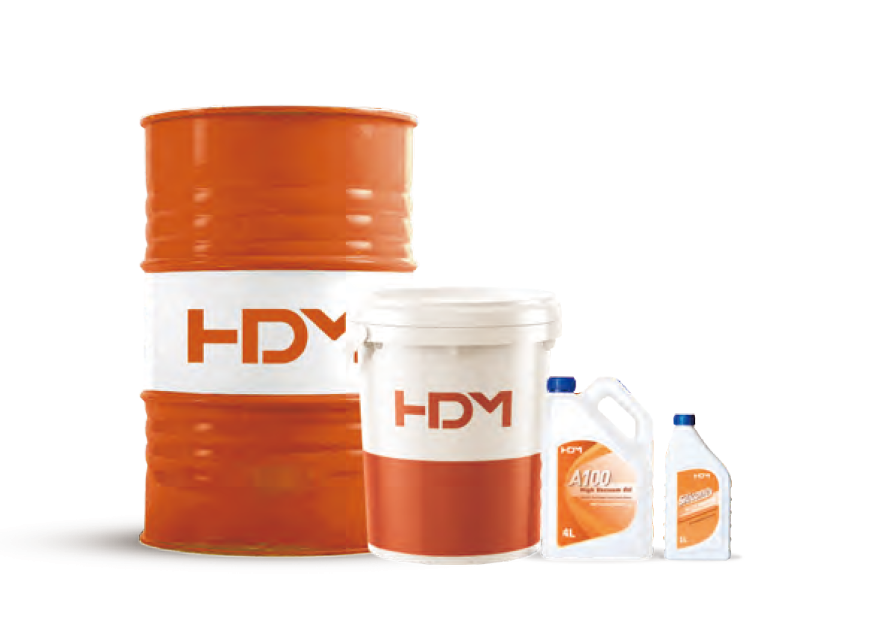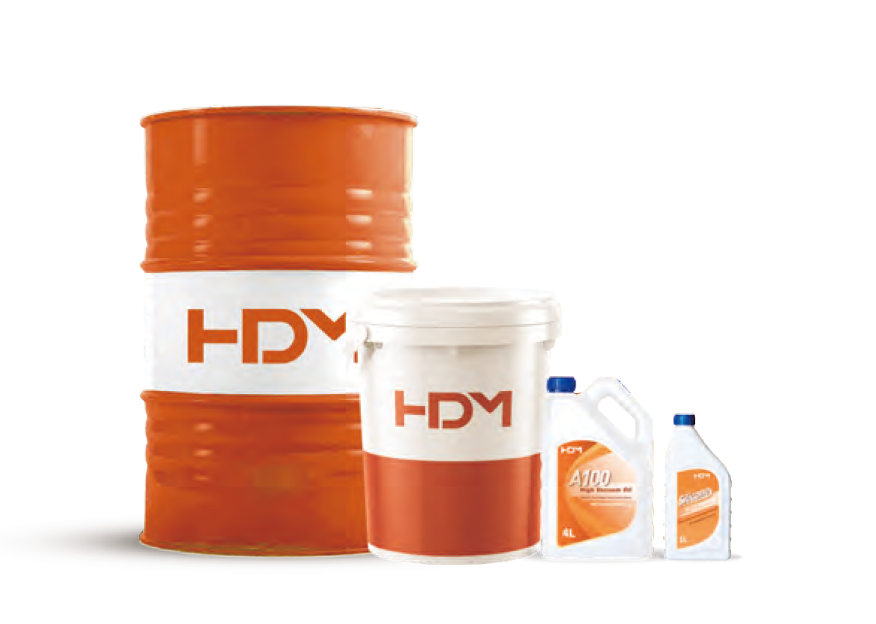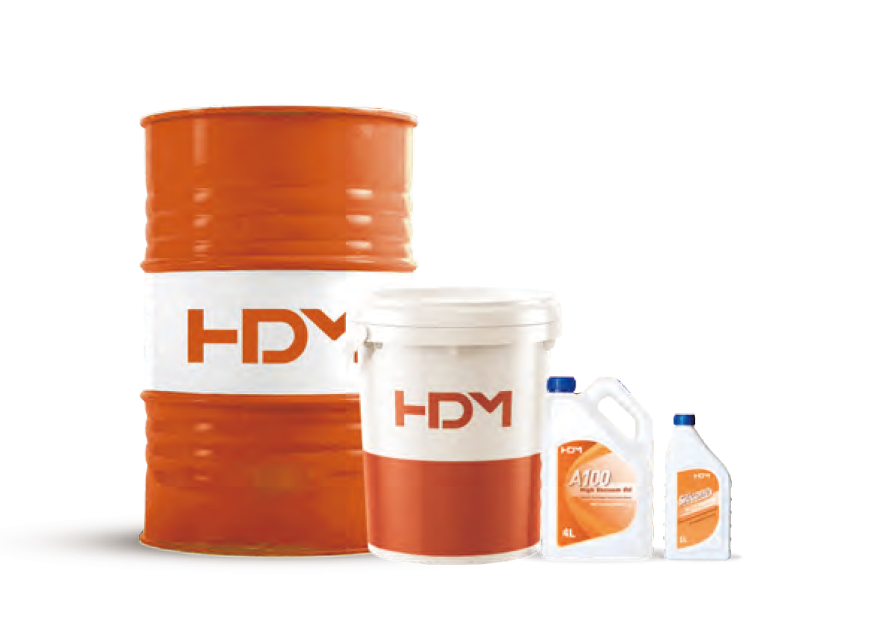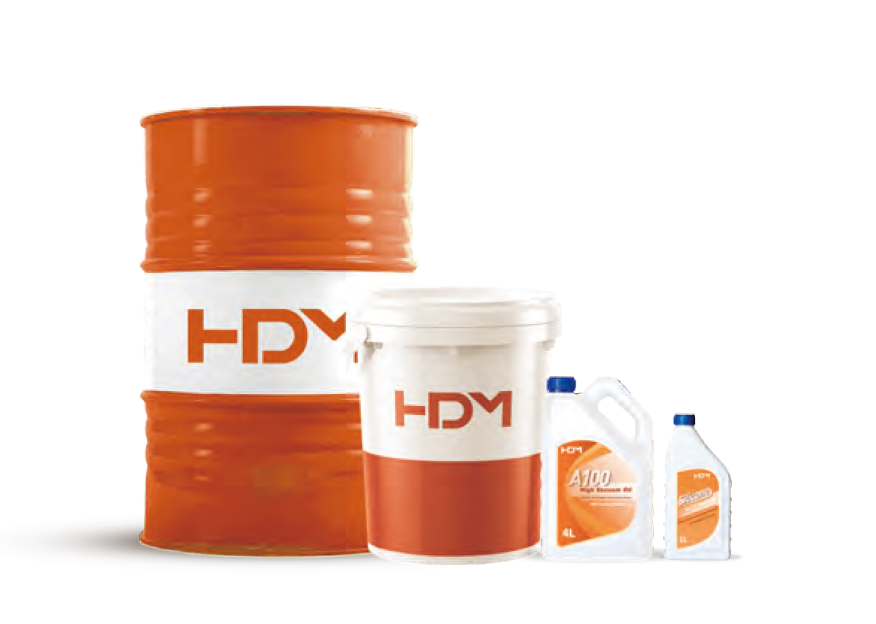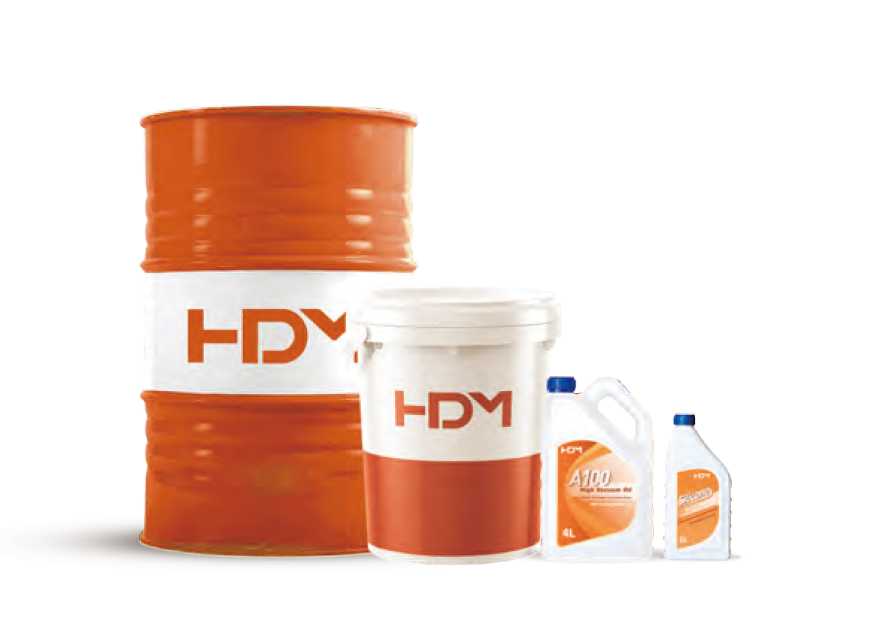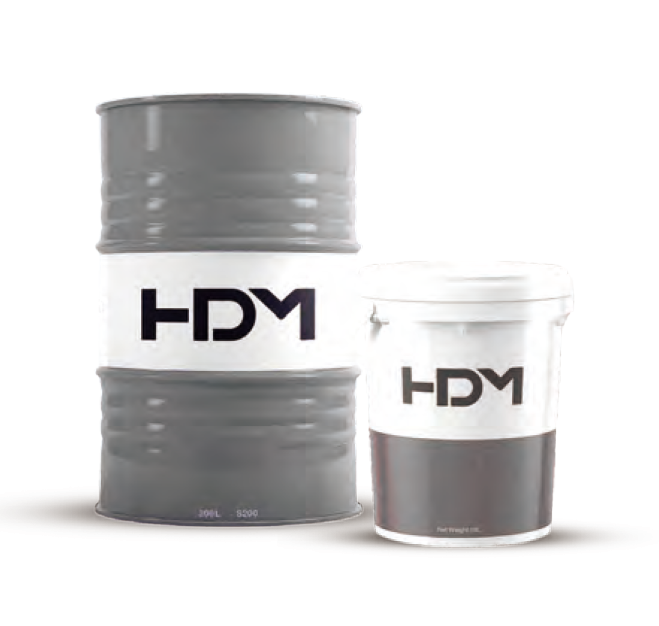Oil change intervals for stationary gas engines vary from engine to engine. By analyzing an oil sample, you can determine the oil change interval. Oxidation level is one of the factors that affect oil change intervals. In this article, we describe different methods for testing the oxidation level of used gas engine oil samples.
For stationary gas engine operation, oil change intervals depend on gas quality, engine operation, and lubricating oil.
Oil analysis such as QRAS (Q8 Routine Analysis System) can help determine oil change intervals.
The two main characteristics used to determine oil change intervals are:
- Total base number (TBN) reduction
- Oxidation level increased
Different Oxidation Rating Test Methods
Most test procedures, such as the TBN test, are specified in ASTM-, DIN- or ISO standards. To determine the oxidation level, various test methods are used. All of these methods rely on infrared spectroscopy, but the oxidation level results may vary due to the calculation method.
Although the spectra themselves are equivalent regardless of the test method used, the calculated oxidation level may vary.
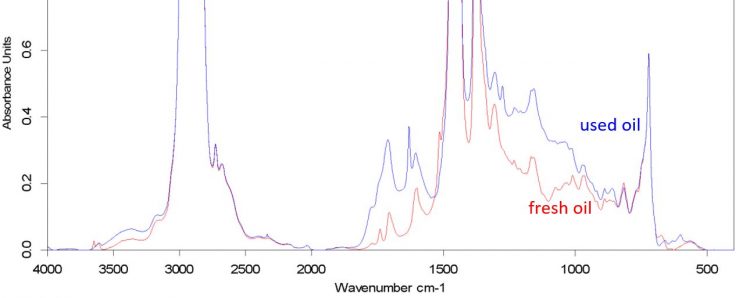
Figure 1: Infrared absorption spectra of used and fresh Mahler HA
To determine the oxidation rating of an oil, gas engine OEMs often refer only to infrared spectroscopy, rather than specifying the actual test method used. Today, they are increasingly referring to DIN 51453. Q8Research has also developed in-house methods such as KPI 99 to determine the oxidation number.
DIN 51453 Oxidation Test Method
DIN 51453 uses the distance in the differential absorbance IR spectrum (IR spectrum oil - IR spectrum fresh oil) between the peak height at 1710 cm-1 and the baseline as a measure of the degree of oxidation. The baseline is a straight line between the points at wavenumbers 580 cm-1 and 1970 cm-1 in the difference spectrum.
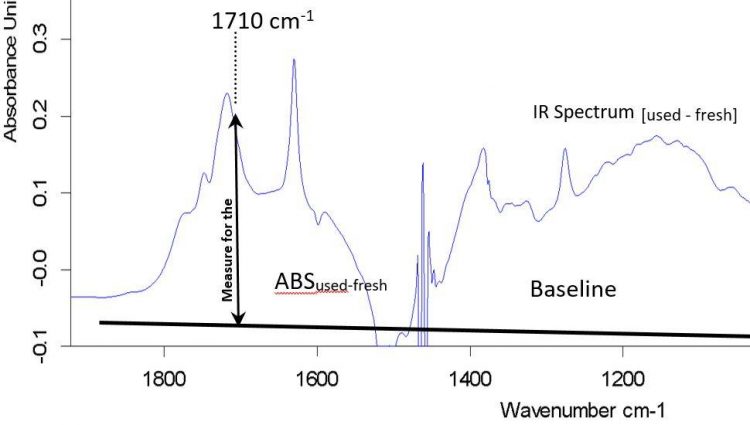
Figure 2: Oxidation class DIN 51453 procedure
Oxidation Test Method
Internal method KPI 99 uses the highest peak between wavenumbers 1670 cm -1 and 1760 cm -1 (instead of 1710 cm -1 ) to determine the oxidation level. The difference in the absorption infrared spectrum between the peak height and the baseline is a measure of the degree of oxidation. In the KRAS program, the baseline is the horizontal line at 1960 cm across the infrared spectrum of fresh oil.
Figure 3 outlines this general principle in the KPI 99 program.

Figure 3: Oxidation Rating KPI 99 Procedure
Difference between DIN 51453 and KPI 99
For the IR spectrum of the Q8 Mahler HA gas engine oil shown in Figure 1, the results are:
- Oxidation class conforms. According to DIN 51453 = 18.9 ABS/cm
- Oxidation class conforms. To KPI 99 = 19.4 ABS/cm
In this example, the difference is 0.5 ABS/cm. Although the difference may be greater in other cases.
Why do you need a reference spectrum
To guarantee correct calculation of oxidation rate, a reference spectrum of fresh oil should always be available.
Oxidation values may be erroneously reported as too high (or too low) if calculated using the wrong fresh reference spectrum. Figure 4 illustrates this principle.
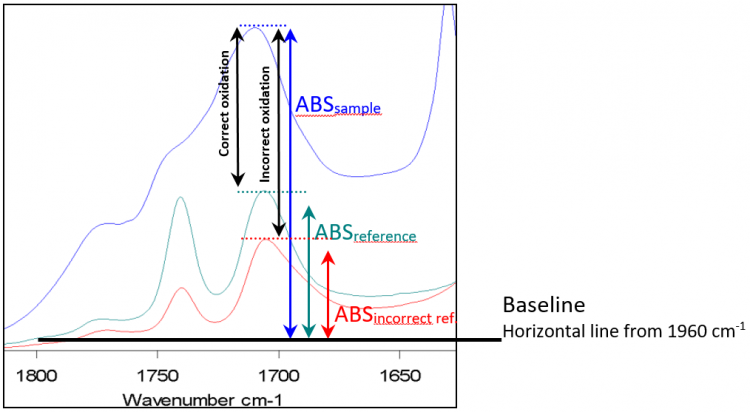
Figure 4: Oxidation levels when using an incorrect reference spectrum.
DIN 51453 is becoming an industry standard
DIN 51453 is increasingly becoming the industry standard for determining the oxidation value of used gas engine oils.
Testing methods may vary when other external laboratories are used. We recommend requesting a copy of the test method to better understand the test results.
in conclusion
For gas engine oils, the oxidation level is one of the characteristics used to determine oil change intervals and therefore the quality of the oil.
To determine the oxidation number, the following aspects should be considered:
- There are different calculation methods that can lead to different oxidation values for the same used oil.
- To guarantee a reliable oxidation number, you must use the correct spectrum of the new oil.



